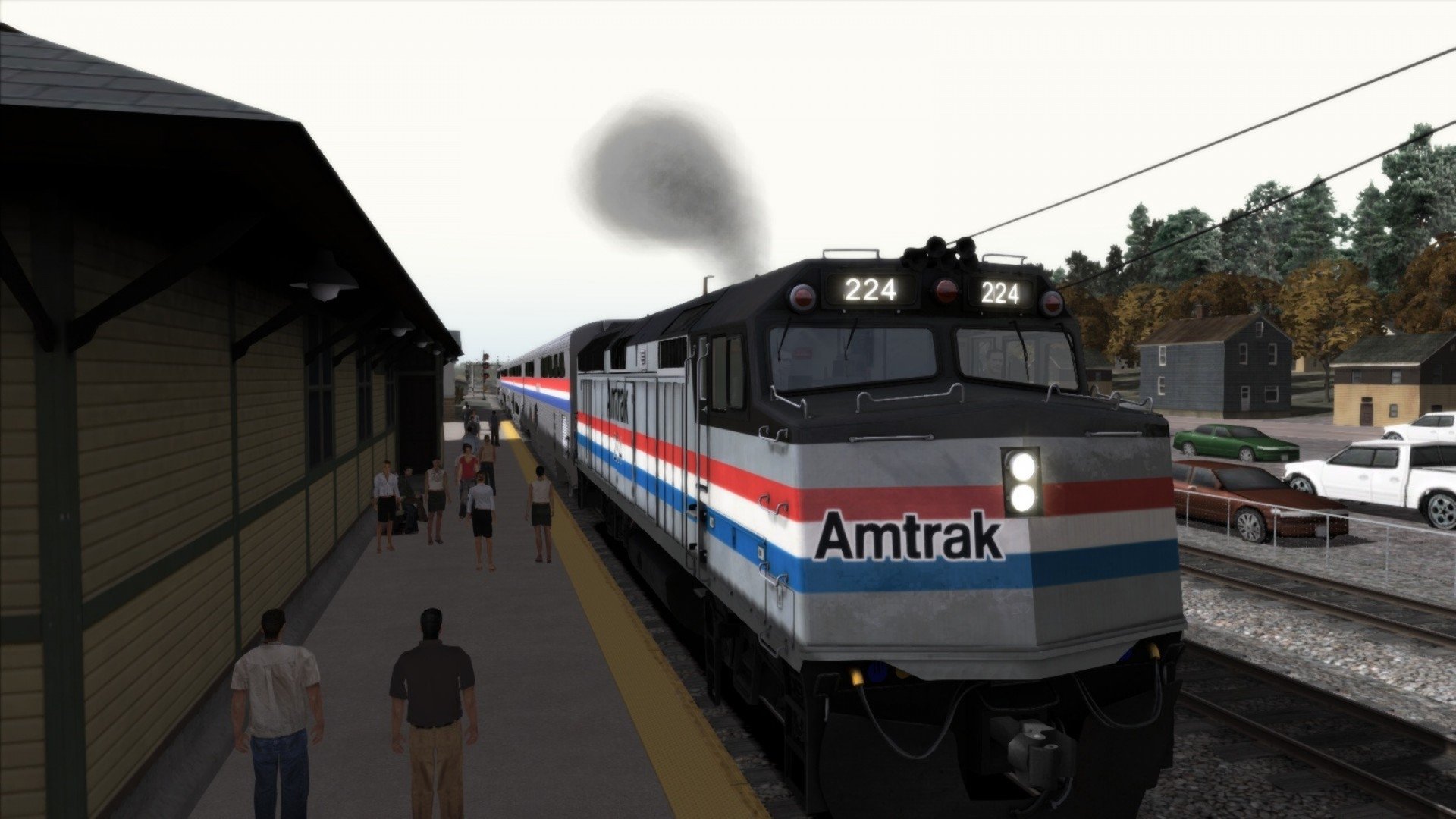

The case study train consist includes one locomotive and six passengerĬoaches with a total of 870 seats. Local trains operate with a single locomotive, but some express trains operate The selected train schedule is an inbound morning peak run that includes seven station stops Ing patterns over different zones where trains only make stops at designated blocks of stations. Lines, this service operates frequently during peak and non-peak hours, using express schedul. Level coaches and two different models of diesel-electric locomotives. IL, and Chicagoâs Union Station was selected for analysis. For this study, the 38-mile BNSF commuter rail line between Aurora,

Metra serves 241 stations on 11 different commuter The Metropolitan Rail Corporation (Metra) is the commuter rail division of the Regional Route data for the Metro Transit Northstar was obtained from BNSF Trains operate only during peak periods and in the dominant direction of commuter traffic As a new-start operation serving 10 stations, Three passenger coaches with a total of 426 seats. A typical train consists of one locomotive and This service uses diesel-electric locomotivesĥ4 Comparison of Passenger Rail Energy Consumption with Competing ModesĪnd bi-level coaches with high seating density. Of 40 miles between Big Lake, MN, and Minneapolis. Metro Transit in Minneapolis, MN, operates the Northstar commuter service over a distance Muter rail systems were obtained from annual reports to the National Transit Database (NTD)Īnd train schedules published on operator websites.Ĥ.1.1.1 Minneapolis: Metro Transit Northstar

Use bi-level coaches characterized by high seating density. The five commuter rail case study services analyzed are primarily diesel-electric systems that Tems, and one HSR system are analyzed via MMPASSIM single-train simulation case studies. ¢ systems with sufficient data available from publicly available sources.įive commuter rail systems, nine regional intercity systems, two long-distance intercity sys. ¢ operations that had recently received upgrades or improvement projects and ¢ key corridors for ridership and train density Long-distance intercity and high-speed rail (HSR) services were selected for evaluation. To capture this potential range of efficiencyĪcross passenger rail service in the United States, a spectrum of commuter, regional intercity, Length of route, average speed and train consist. Intensity, GHG emissions and performance metrics for each case study service were establishedīy simulating an appropriate train consist on each route under typical operating conditions.Ĥ.1 Passenger Rail Systems and Services EvaluatedĪs indicated by previous research and the published benchmarks of passenger rail energyĮfficiency summarized in Chapter 2, rail mode efficiency varies according to the type of service,

Lected from railroad track charts or publicly available datasets and publications. Vertical grade profile, horizontal curvature, station stops and timetable speed limits) was col. Illustrate the variation in these metrics across different types of passenger rail operations.įor each passenger rail service developed as a case study, information about the rail route (e.g., Provide baseline energy consumption and GHG emissions values for each case study service and Single-train simulations were conducted to Passenger rail operations found across the country. The case studies represent the variety of commuter, regional intercity and long-distance intercity GHG emissions of selected passenger rail services in the United States. This chapter presents a discussion of MMPASSIM models of the energy consumption and Because it is UNCORRECTED material, please consider the following text as a useful but insufficient proxy for the authoritative book pages. Below is the uncorrected machine-read text of this chapter, intended to provide our own search engines and external engines with highly rich, chapter-representative searchable text of each book.


 0 kommentar(er)
0 kommentar(er)
